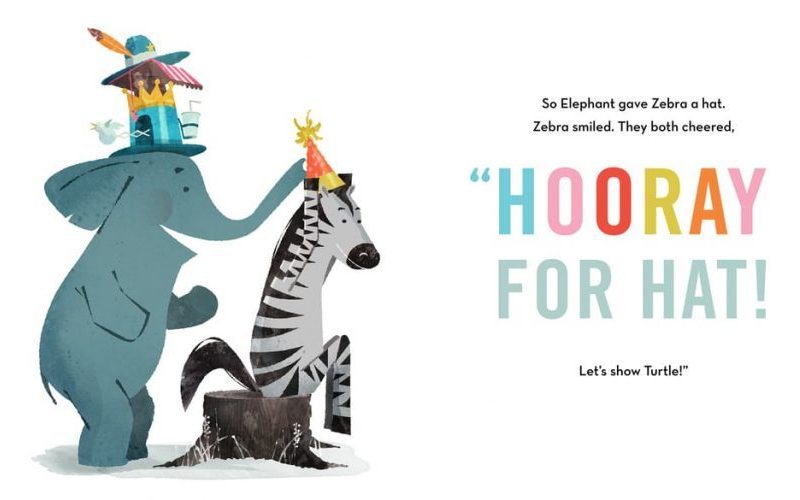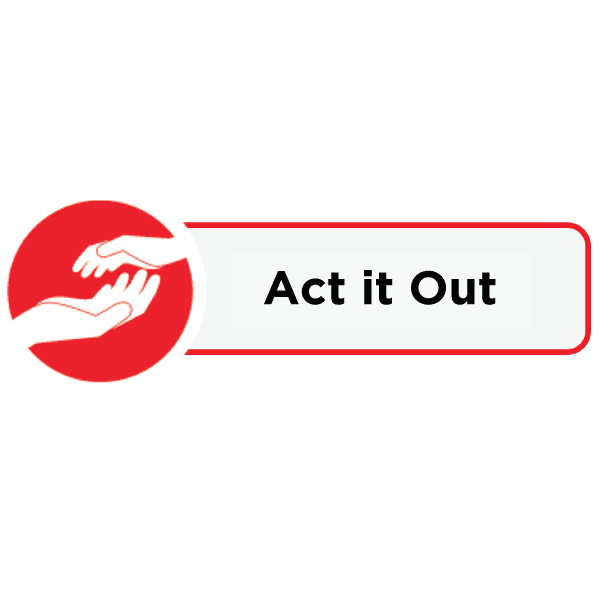RELATE
Fostering Empathy
It’s not too early for infants and toddlers to develop a strong foundation for showing empathy

At a Glance
Showing empathy means imagining how someone feels and responding with care or kindness. Infants and toddlers are just beginning to develop the skills to recognize emotions, consider others’ perspectives, and respond with care. Educators play an essential role in fostering empathy by establishing secure, warm relationships with infants and toddlers. Young children are keen observers. As adults consider and care for the needs of others, they model those behaviors for young children.
What It Looks Like
A quick glance at ways you can help infants and toddlers understand and develop empathy for others
Recognize Acts of Kindness
Encourage and acknowledge children’s acts of kindness. It’s a great way to help children see how their actions can impact others in positive ways.
Encourage Perspective Taking
Prompt children to consider how others may be thinking or feeling, like this educator does during the book reading. This supports their growing understanding that others, including themselves, experience various emotions.
Highlight Care During Play
Focus children’s attention on the ways they are caring for others, both during pretend play and with peers in the classroom. This fosters their development of empathy.

FOSTERING EMPATHY THROUGH BOOKS
Hooray for Hat!
Written and illustrated by Brian Won, this delightful story shows how a simple act of kindness can brighten up someone else’s day by showing we care.
TRAUMA-INFORMED CARE
Empathy and Racial Trauma
Use this educator’s guide from The National Child Traumatic Stress Network that lays out how to address racial trauma in the classroom, including how you can model empathy when you address racial trauma.
FAMILY CONNECTION
Modeling Empathy at Home
Written by Amanda Morin for Understood.org, this blog highlights how adults can show empathy to kids who learn and think differently.
Activity Cards for Infant and Toddler Classrooms
Part of the STREAMin3 curriculum, these activity cards provide simple and fun ways you can prompt older infants and toddlers to consider the perspective of others

Act it Out
Use puppets (or an alternative) to act out scenarios and talk about how the puppets feels.

How Do They Feel?
Tell the included stories (or make up your own) and prompt children to consider the characters' feelings and needs.

Partner Play
In this activity, children sing and move with a partner. You'll change up the words and movements to the song.

Pass The...
Children consider others as they pass an object to a peer. This activity can be modified in many ways.
Get Our Resource Guide
Includes questions and activities to guide your use of the videos, book suggestions, and activity cards featured for each of the Core Skills

